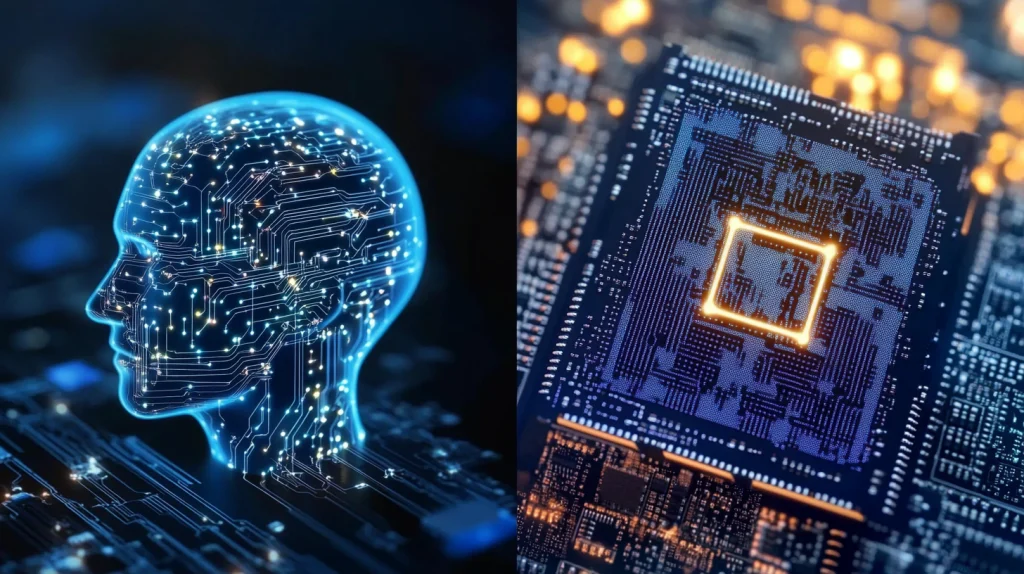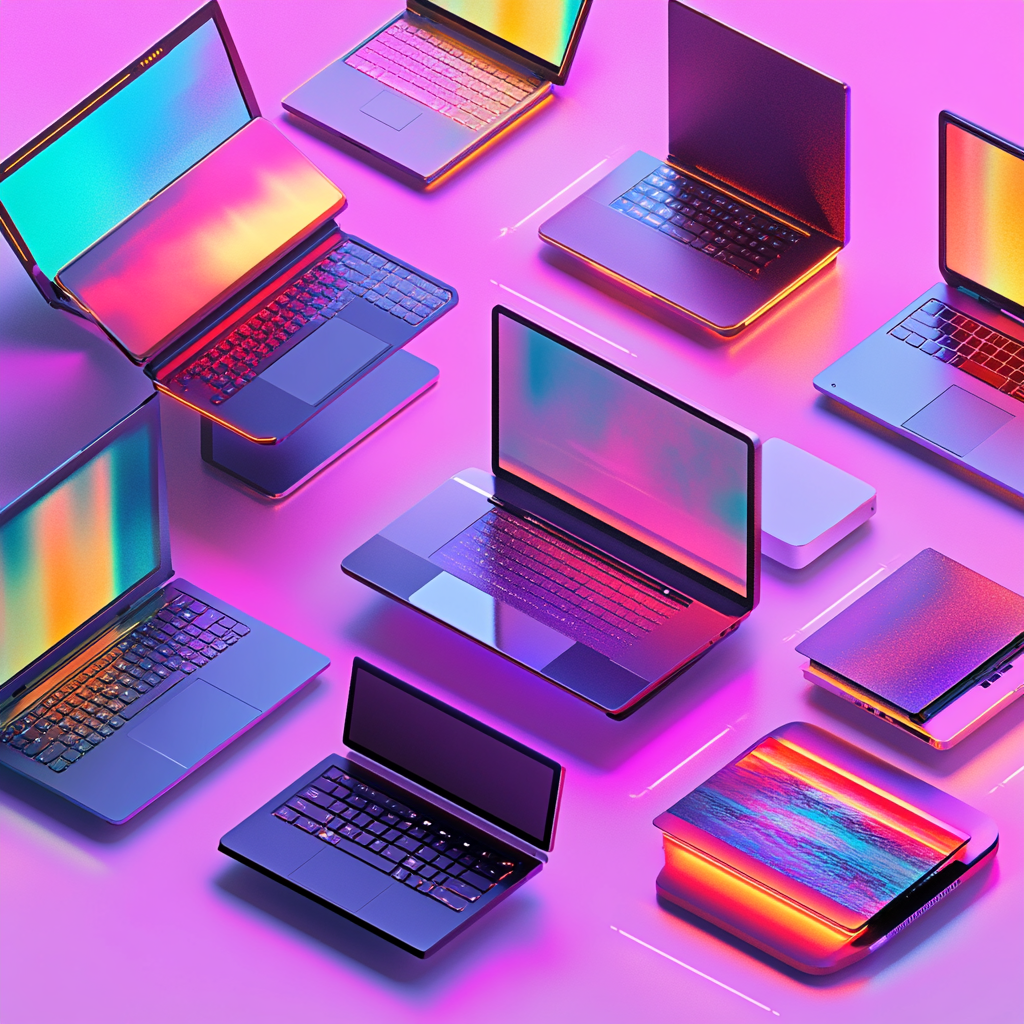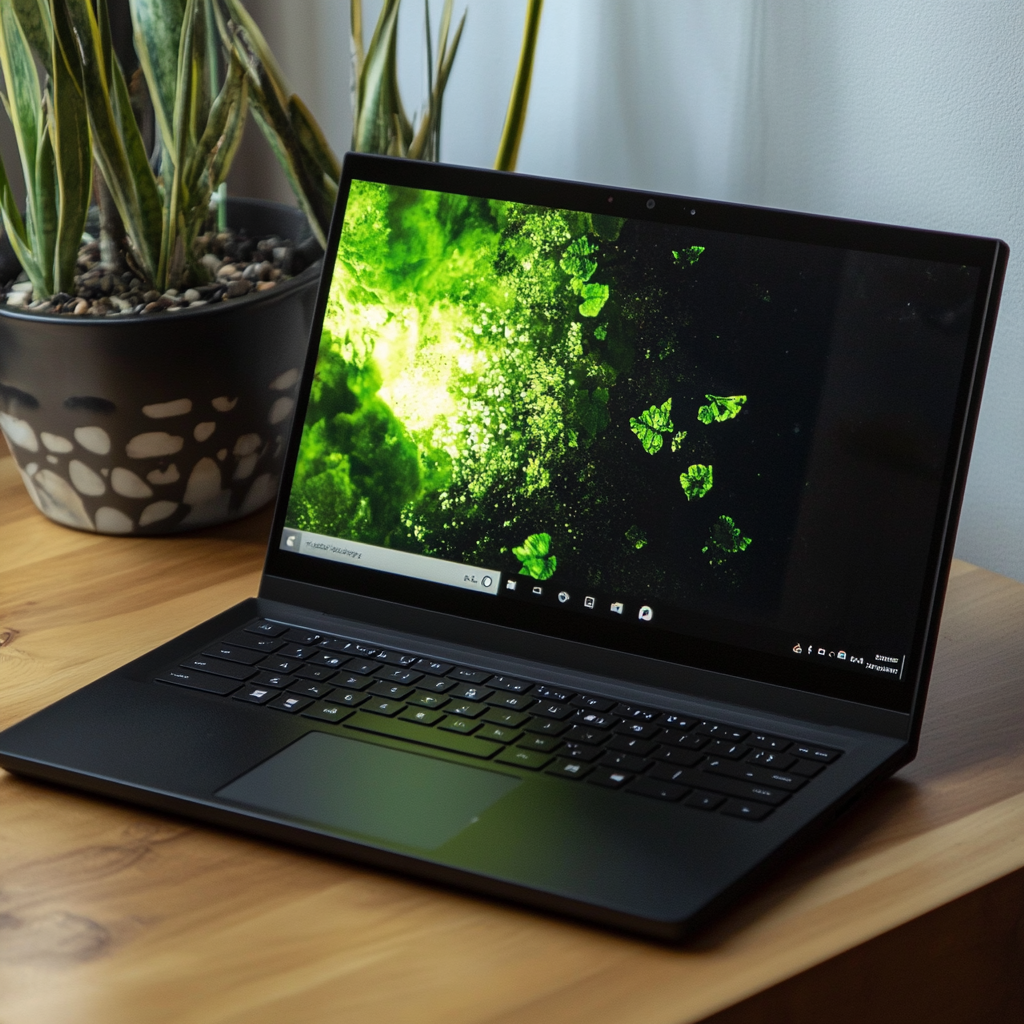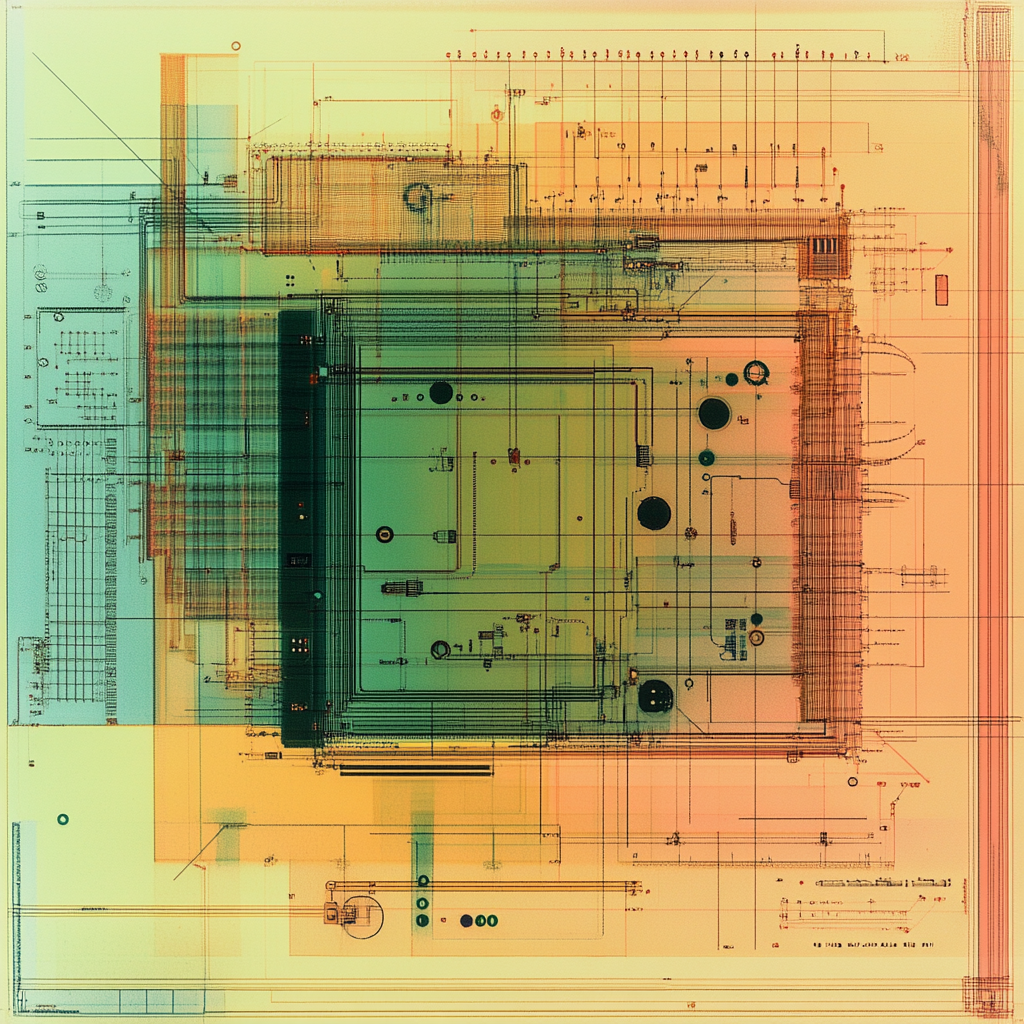It’s been several decades since the first laptops appeared, but it’s the next three years that will see truly revolutionary changes. In this article, we’ll look at the main trends and technologies that will transform the laptop market by 2028. This is important to know, especially if you’re planning to upgrade your equipment in the near future.
🧠 1. AI chips in every laptop
The most significant shift is the integration of AI chips directly into laptops. Companies like Apple, Qualcomm, and Intel are already implementing neural processors in their devices. In 2–3 years:
- AI will help speed up photo and video processing, optimizing workflows.
- Voice control capabilities will become more accurate.
- Autonomy will improve: AI will regulate background processes and energy consumption.

🌐 2. Constant connection to the cloud (Cloud-first computing)
By 2028, many laptops will operate on the “cloud-first” model. This means:
- Storing files primarily in the cloud.
- Fast launch of the OS and applications due to remote processing.
- Devices will become lighter and thinner, because the internal storage will have a minimal volume.
Google and Microsoft are already actively developing cloud platforms for work laptops – the trend will only gain momentum.
💡 3. Flexible displays and new form factors
Devices like the Lenovo ThinkPad X1 Fold and ASUS Zenbook Fold are just the beginning. In 2026–2027:
- We will see full-fledged foldable laptops that combine a tablet and a laptop.
- Stretchable displays will appear — the screen can be enlarged diagonally.
- Devices will become adaptive: they adjust to the usage scenario (work, drawing, watching movies).
🔋 4. Increased battery life
Engineers are actively working on new types of batteries, and in the next 3 years the following are expected:
- Graphene-based batteries are lighter, more reliable and charge quickly.
- Artificial intelligence will regulate energy consumption “according to user habits”.
- Standard battery life will increase to 20–30 hours under average load.
🧩 5. Modularity and service-free upgrades
Today’s laptops are often not upgradable. But in the future:
- Modular models like Framework are expected to become widespread.
- Users will be able to replace RAM, SSD, ports, and video modules themselves.
- The cost of owning equipment will decrease and the service life of devices will increase.
🛡️ 6. Security at a new level
As cyber threats grow, laptops will be equipped with:
- Hardware security chips (e.g. Microsoft Pluton).
- Advanced biometrics: 3D face recognition, fingerprints under the display.
- Peeping detection systems through the front camera.
🔊 7. Improvements for creators and gamers
Laptops for creative tasks and games will also receive powerful upgrades:
- Graphics at the level of RTX 5090 Laptop and similar from AMD.
- OLED displays with a refresh rate of 240 Hz and higher.
- 🔊 7. Improvements for creators and gamers Laptops for creative tasks and games will also receive powerful upgrades: Graphics at the level of RTX 5090 Laptop and similar from AMD. OLED displays with a refresh rate of 240 Hz and higher. Programs like Adobe will be optimized for AI chips and cloud processing.
📦 8. Eco-friendliness and recycling
Manufacturers are striving for a zero carbon footprint. In the coming years:
- The cases will be made from recycled aluminum and plastic.
- The devices will receive sustainability certificates and “ecological footprint” tracking.
- Trade-in + Recycling programs will become standard.
Smart. Light. Flexible. Eco-friendly. Connected to AI and the cloud.
If you were to describe the laptop of the future, it would be a device that learns with you, adapts to your tasks, and helps rather than hinders.
If you follow the development of technology and choose which laptop to buy now, remember: the trends of 2025–2028 are already being formed today. Follow the latest products and choose wisely.








Leave a Reply